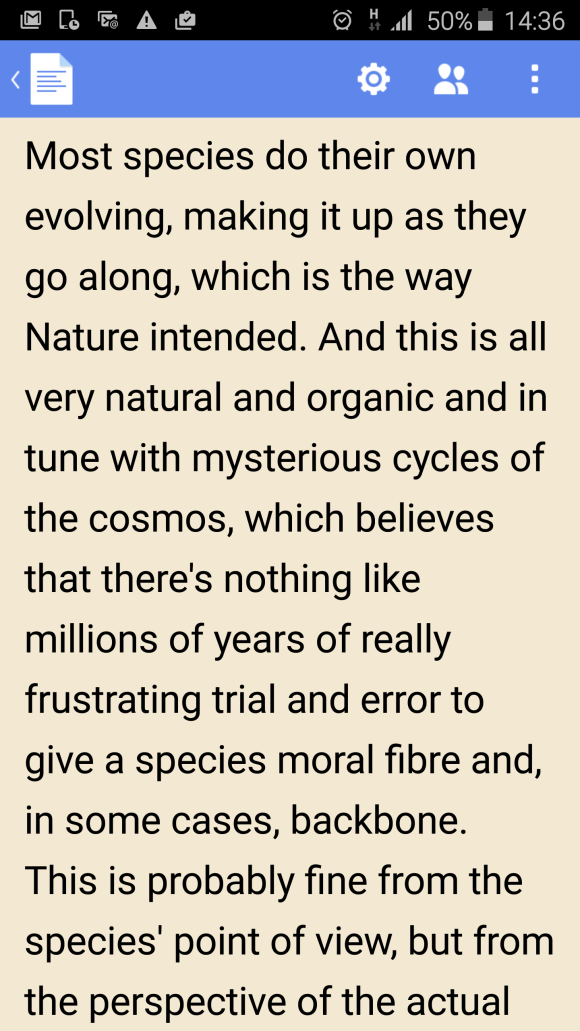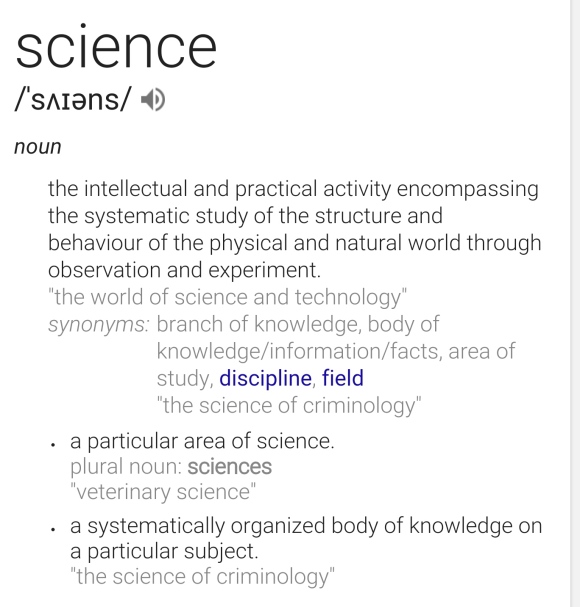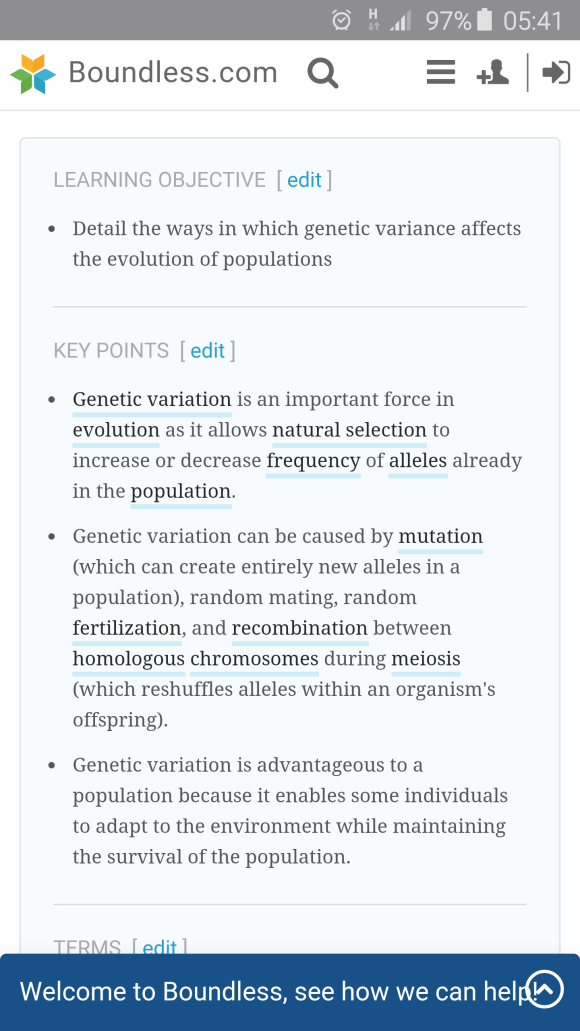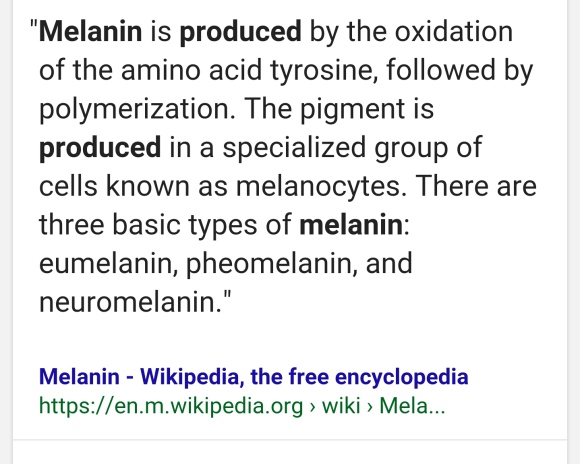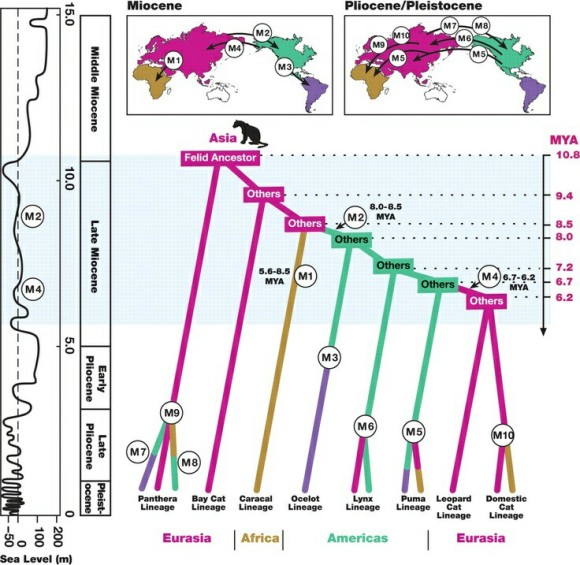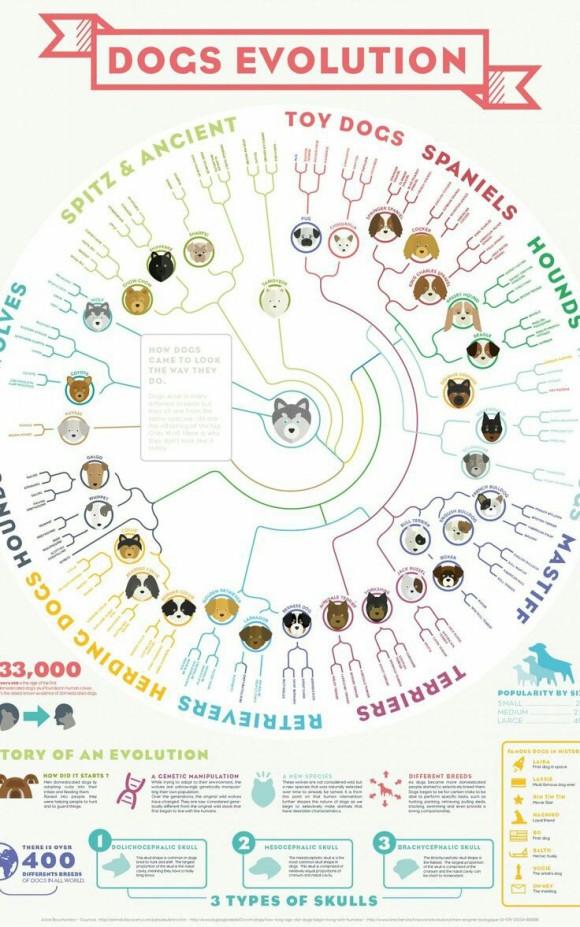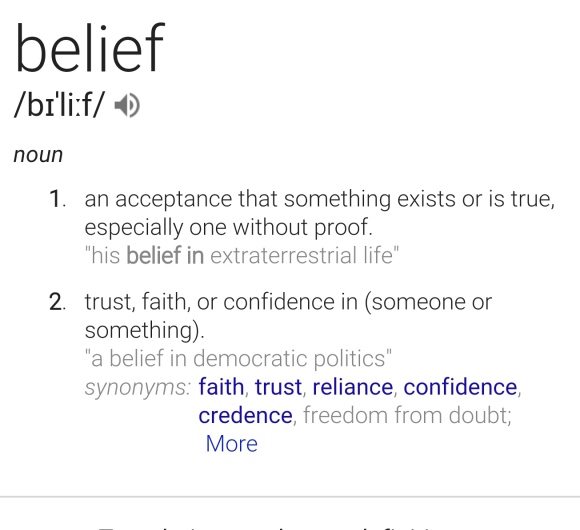Tag: Evolution
Genome sequencing reveals how killifish evolved to thrive in extremely polluted estuaries in the US in well under 60 years
Source: Fish rapidly adapt to pollution thousands of times lethal levels
Evolution
Terry Pratchett, REAPER MAN
1. Can we say that Evolution is a science?
First let us look at what the nature science is.
# Science is based on evidence
# Science has limits, it can only explain the natural world and not the supernatural
# Scientific knowledge is inherently uncertain and must be thoroughly tested to be proven
# Science can be done poorly and be misused
1.1 What evidence is used to prove evolution?
Paleontology : The identification, interpretation and dating of fossils is the most direct evidence of evolution
Embryology and Evolutionary developmental biology: is the study of embryonic development in different organisms and its genetic control
Comparative anatomy : is the study of the morphology of different species
Biogeography : is the study of geographic distribution can indicate where species may have originally arisen
Artificial selection : is the selective breeding of plants and animals
Biochemistry : is used to compare the biochemical composition of organisms and to correlate it with similarities and differences in appearance
Molecular Genetics : is the sequencing of DNA and proteins to indicate the degree of relatedness between organisms
1.2 What limits are there to explaining Evolution?
Smithsonian National Museum of Natural History
Question: What do scientists mean when they call evolution a theory?
Answer: Like gravity and plate tectonics, evolution is a scientific theory. In science, a theory is the most logical explanation for how a natural phenomenon works. It is well tested and supported by abundant evidence. It means quite the opposite from our informal use of the word theory, which implies an untested opinion or guess. As a scientific theory, evolution enables scientists to make predictions and drives investigations that lead to new kinds of observable evidence.
© Copyright Smithsonian Institution
I am aware that the first stumbling block is explaining the idea of a Theory. Many of the attacks against evolution comes from here.

The Smithsonian Institute refers to the Theory of Gravity. At Physicsforum (dot com) and Yahoo answers I found the following :
Did Einstein’s theory of Relativity disprove Newton’s ‘Law’ of gravity?
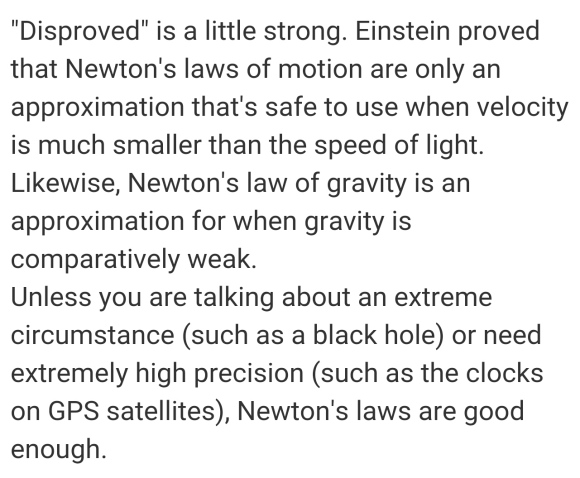
Does the curvature of Spacetime disprove gravity?
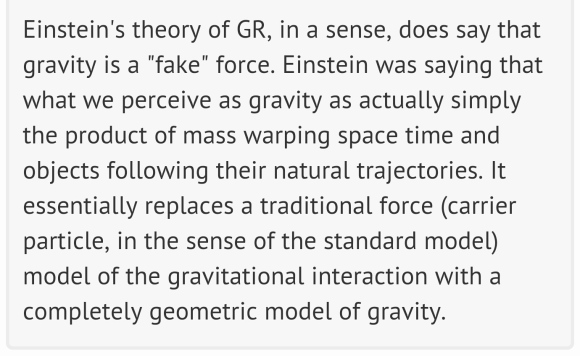
Once a Theory has been proven empirically you cannot
“disprove’ it. You can only find the limits of where the theory applies.
Evolution as a theory has limitations. There are three aspects that needs to be covered by the process of Biological Evolution namely the origin of life, the increase in variation and the process of genusiation (not just speciation). It very adequately explains the process of Speciation through Natural Selection, but not much else.
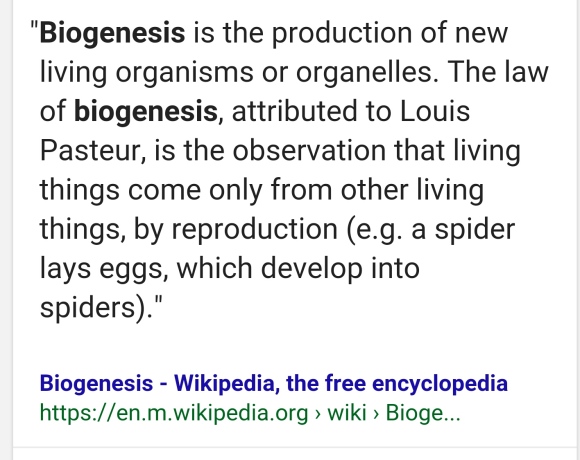
Here we see two directly opposing views. Biogenesis is an excepted proven repeatable event. To this end it is a LAW of nature.
Abiogenesis is not accepted. Although many experiments have been performed, it still has not be proven.
From got questions dot org I copied the following:
Question:What is the theory of abiogenesis?
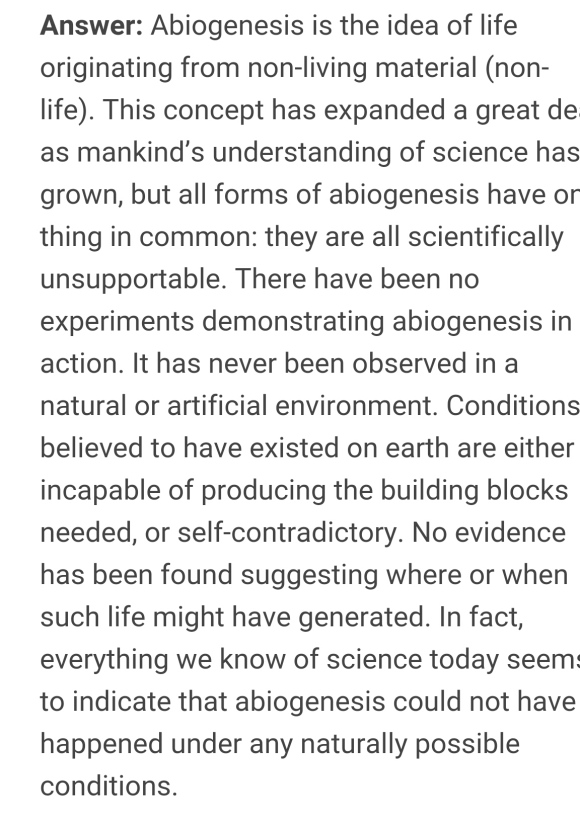
Here the limitations of evolution becomes clear as it seems abiogenesis needs supernatural intervention to take place. Science cannot explain the supernatural.
Evolution relies heavily on the genetics of organisms. We know that DNA is the biomolecules that stores the library of information which provides the blueprint of each living organism.
Most living organism reproduce sexually which means that they will have a diploid genotype. One set of chromosomes from the female parent and one set from the male parent.
Four of the processes leading to variation in individuals are proven and uncontested namely :
# crossing over between homologous chromosomes during prophase I in meiosis
# independent assortment during metaphase I and II in meiosis
# random fertilisation where one in millions of sperm fertilises one egg
# random mating
The fifth aspect however is the limitation. Without this process none of those mentioned above can actually have an effect. The effect of genetic mutations on evolution is the limitation.
Gene mutations means we are not limited to the variations we inherited from our ancestors. Mutations are errors which produce alternative genes, that may not already be in the gene pool.
The oddity of Europeans stands out here. Most indigenous groups all around the world have dark hair, brown eyes and darker skin colour. The Europeans however have a lot more variation in eye colour (blue, green, brown), skin tone (white to brown) and hair colour (blonde, red, brown) than any other group. Why?
One such an example is eye colour. According to genetic studies all blue eyed individuals have a common ancestor between 6000 – 10 000 years ago originally from the Black Sea. The OCA2 gene mutation does not make blue pigmentation but it does switch off the brown melanin production.
Only 2% of the world’s population have green eyes. The green is produced due to the scattering of blue light and not a green pigment. It is a combination of low levels of melanin and areas with no melanin that appear blue.
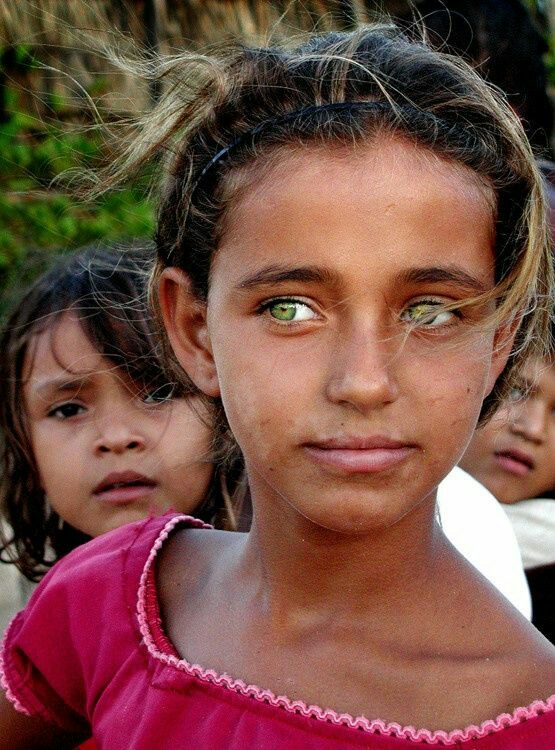
European light skin comes from a mutation that occurred 10 000 years ago in somewhere between India and the Middle East. The A111T mutation can be traced through most African and Middle Eastern countries (August 2015).
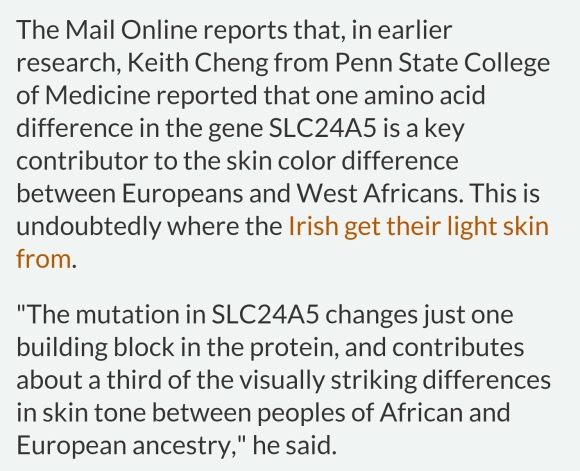
These are very good examples of mutations taking place in pre existing genes, producing new alleles / variations. But where dit melanin come from?
Many articles have been published indicating the importance of melanin to protect against harmful UV radiation. Also how low levels of melanin leads to better vitamin D production which helps with calcium absorption and bone construction. Some articles relate to the importance of folic acid and melanin production. Yet there is no evolutionary pathway to follow up to melanin.
Mutations are the ultimate source of variation. Without variation there could be no evolution. So mutations are of great importance to evolution. But mutations obviously also have limitations.
A gene codes for a specific characteristic. The order of the nitrogenous bases in die DNA determine the sequence of the amino acids in the polypeptide chain which in return determine the structure and function of a protein. If the DNA sequence is changed due to a mutation 99.9% of the time it is harmful and leads to a non functional protein; a disorder or defect in the organism leads to its death.
The theory of evolution depends on a multitude of consecutive small changes that would not affect the protein structure so drastically that it gets destroyed over a very long period of time until a new kind of functional protein that codes for a new and different characteristic is produced. Mathematically it is estimated that it would take 10³² consecutive generations for a single protein change to happen. There is no proof of this process.
1.2.3 Genusiation
The process of speciation through reproductive isolation and Natural selection is well documented and undisputed. All cats came from a common cat ancestor, all dogs came from a common wolf ancestor. No denying it.
However where did cats come from? Where did wolves come from?
The original felid ancestor appeared in EuroAsia? Before that there seems to be a huge “cat gap” for millions of years.
The original dog breed can be traced to China and is descended from grey wolves. From macalester education site :

Believe? Thought? No definitive proof?
1.3 How are the uncertainties in Evolution being tested?
Macroevolution should, can and is being studied using :
# molecular techniques
# genomic analysis
# methods of population genetics
# sequence data
And more.
There is still a huge gap as very few species have their gene map completely sequenced. So for now indirect evidence and inference is all scientists can use to Hypothesise about what happened and how.
1.4 How is Evolutionary Science done poorly and misused?
Does ontogeny recapitulate phylogeny? No! It was proven to be a fraudulent theory by Ernst Haeckel that is still being taught in textbooks.

Homology of structures
Based on embryonic tissue development studies it has been proven that the vertebrate groups develop very differently into their skeletal structures. So even if the have similar bones in the forelimb it does not develop from the same genetic source. So it seems like genetics and embryology is disproving a pillar of evolution.
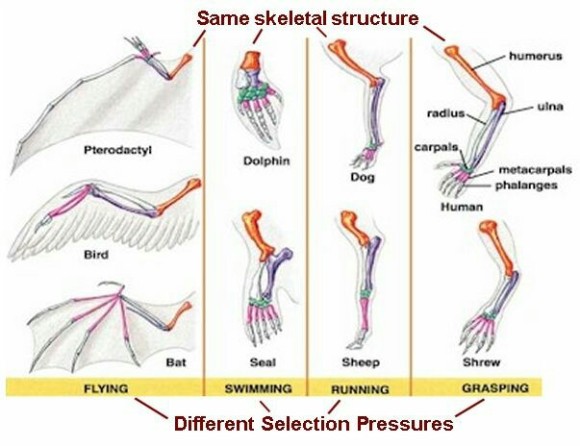
Saved from bue.com
B. Evolution as a Belief
Bases on the evidence presented I surmise that evolution is a belief system too because:
1. You have to believe that abiogenesis took place some time, somewhere in the past as there is no proof
2. You have to believe that new genetic information were produced through mutations sometime, somewhere in the past as there is no proof
3. You have to believe one genus turned into another genus as there is no proof







